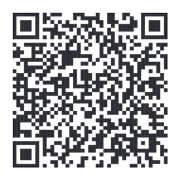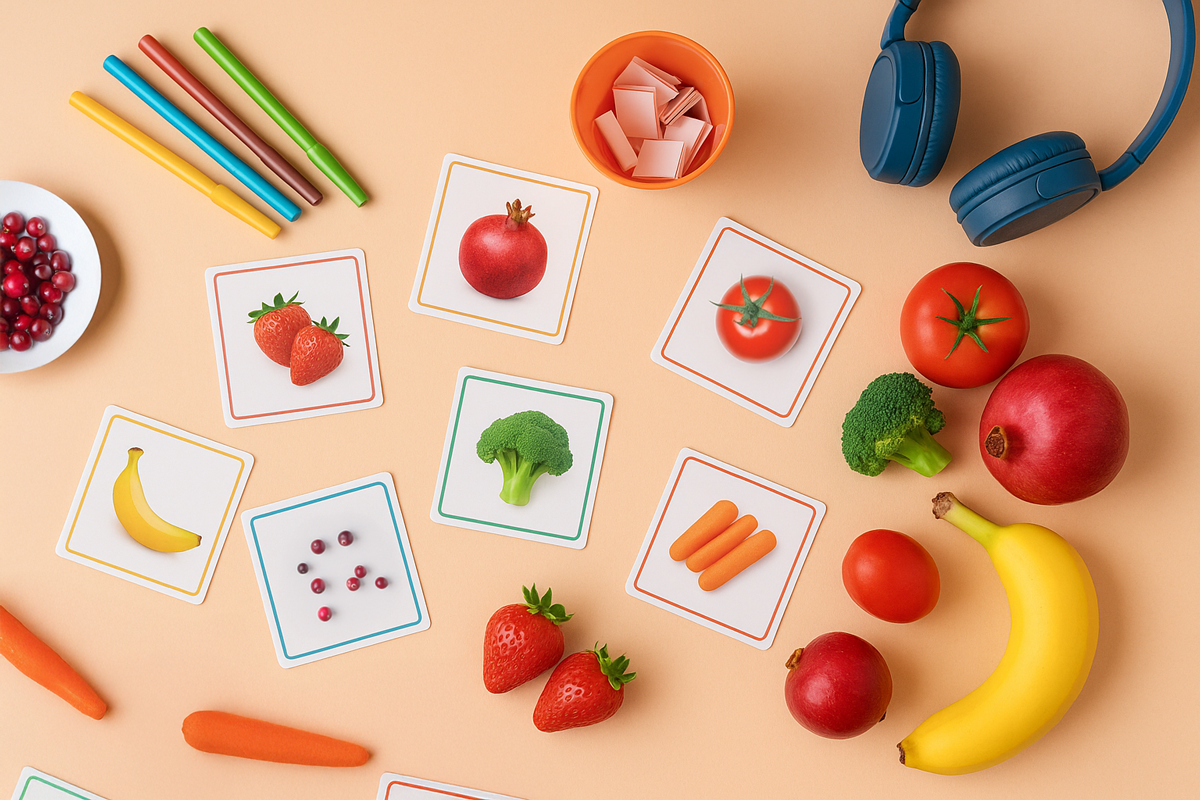Eat. Move. Thrive.
Eating good food and moving your body are both important for staying healthy.
Mix good food and physical activity together and you have a recipe for fun!
Learning about healthy food is a skill we need for life. When kids move while they learn, it helps them remember things better. Moving more and sitting less helps our bodies and minds stay strong.
Moving and eating healthy foods helps you and your children:
- Stay strong and healthy.
- Learn better.
- Have more fun!




